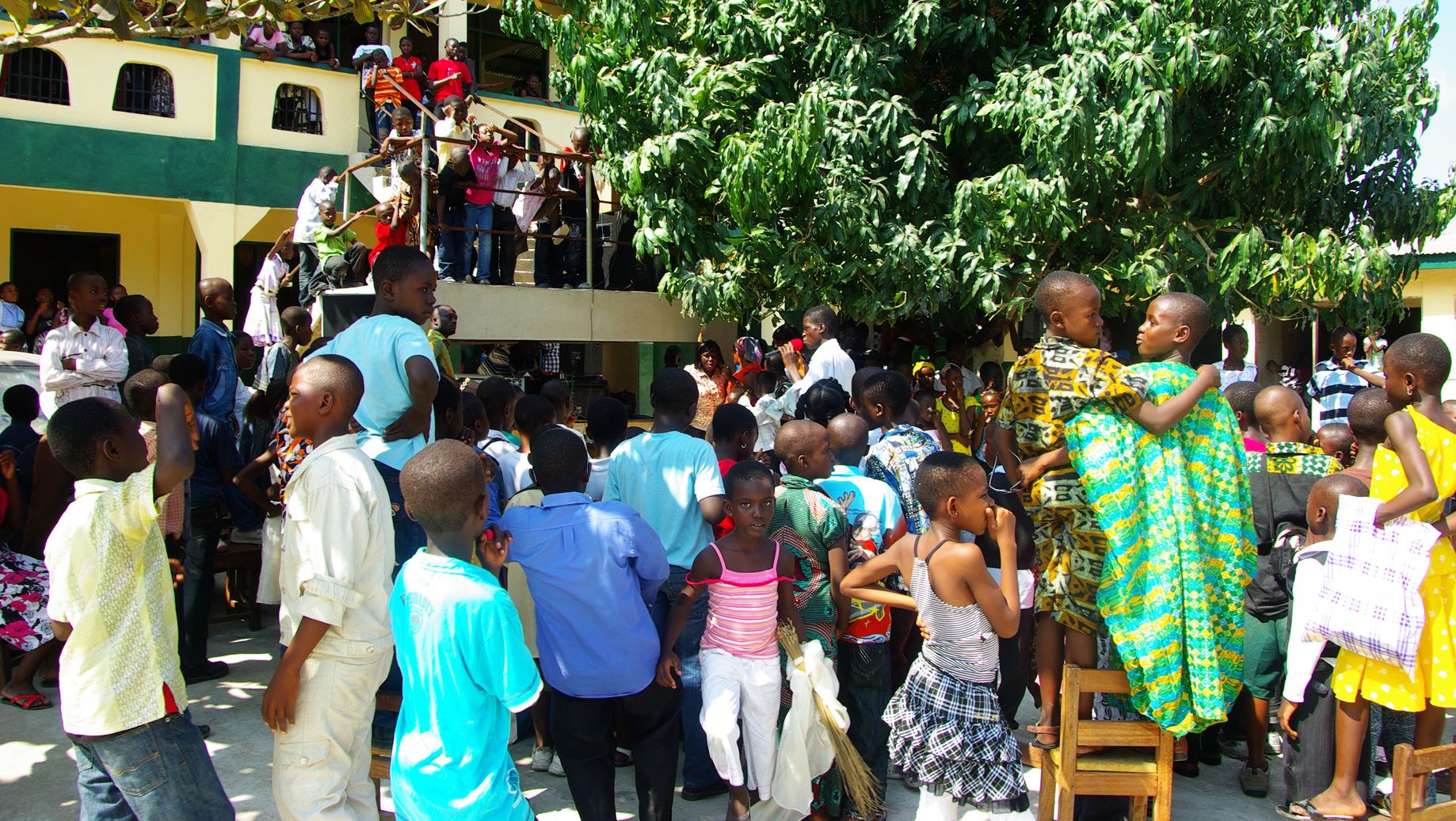Children of the city
Tackling violence in the 21st century
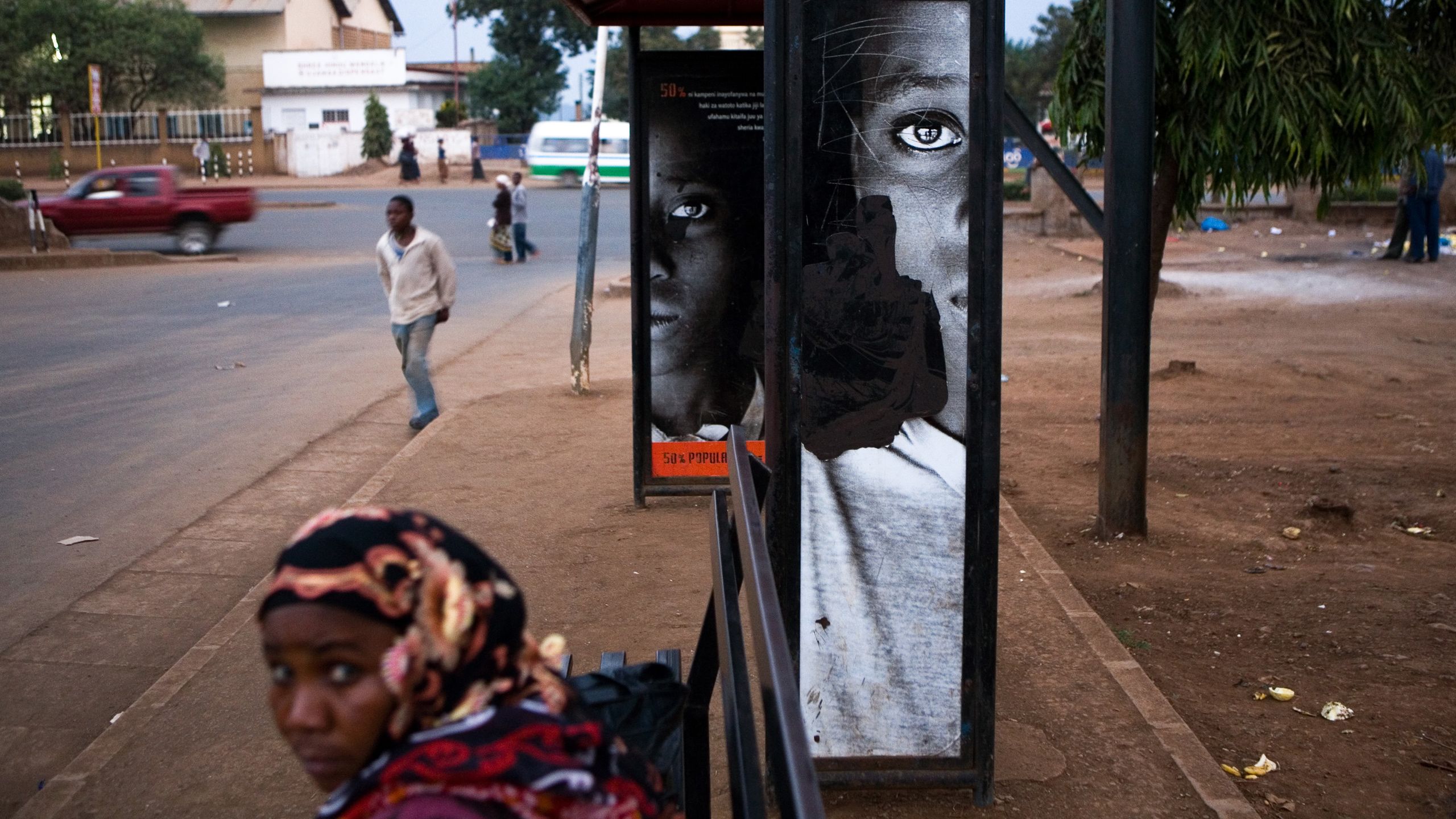
Up to one billion children worldwide are estimated to be victims of violence. Now, an intended study of 12,000 children in eight cities wants to discover what it really means to be a child of the city today – the adversities, the vulnerabilities, the resilience.
In 1960 two boys are born into cities of different nations about to gain independence from the British. Their homelands have comparable GDP per capita, similar literacy rates and roughly the same levels of crime and violence.
Now nearing 60 years old, they are about to have grandsons of their own. The boy born in Kingston, Jamaica, today will have a startling 15% chance of growing up to be a victim of homicide, if current murder rates continue. The grandson born in Singapore will have less than a 0.1% risk of violent death.
How did these countries diverge over a single lifetime until they were at opposite ends of the spectrum of violence? Some blame politics, while others point to drug trade exposure or differences in crime prevention and health policies.
Mother, child and M16 in Kingston, Jamaica. Licensed by BBC World Service.
Mother, child and M16 in Kingston, Jamaica. Licensed by BBC World Service.
State legitimacy waxes and wanes, illegal markets bubble and burst, neighbourhoods thrive and deteriorate – and all these fluctuations trickle down to entrench order or violence in millions of lives from childhood onwards. Yet we know little about how this happens.
“Experiences in the first years of life shape a person’s lifelong development,” says Manuel Eisner, Wolfson Professor at Cambridge’s Institute of Criminology. “If we want to understand the roots of adversity that lead a nation to violence and turmoil, we need to understand how it incubates in a child of that society.
“For example, what does a child in Kingston experience – even before birth – that may increase the risk of failure at school, or mental and physical health problems, or criminality and substance use? How does that compare with children in the cities of South Africa, or East Asia?”
Eisner argues that everything from national and municipal systems, such as infrastructure and education, to proximal environments – the street, family and even uterus – contribute to the “psychosocial construction” of children, and consequently the stability of societies in which those children become citizens.
His goal is to map the risk factors that influence early child development around the world, from the political to the hormonal. To do this, Eisner and his colleagues on the Evidence for Better Lives Study (EBLS) intend to follow 12,000 children yet to be born in eight cities in Jamaica, Ghana, South Africa, Romania, Pakistan, Sri Lanka, Vietnam and the Philippines.
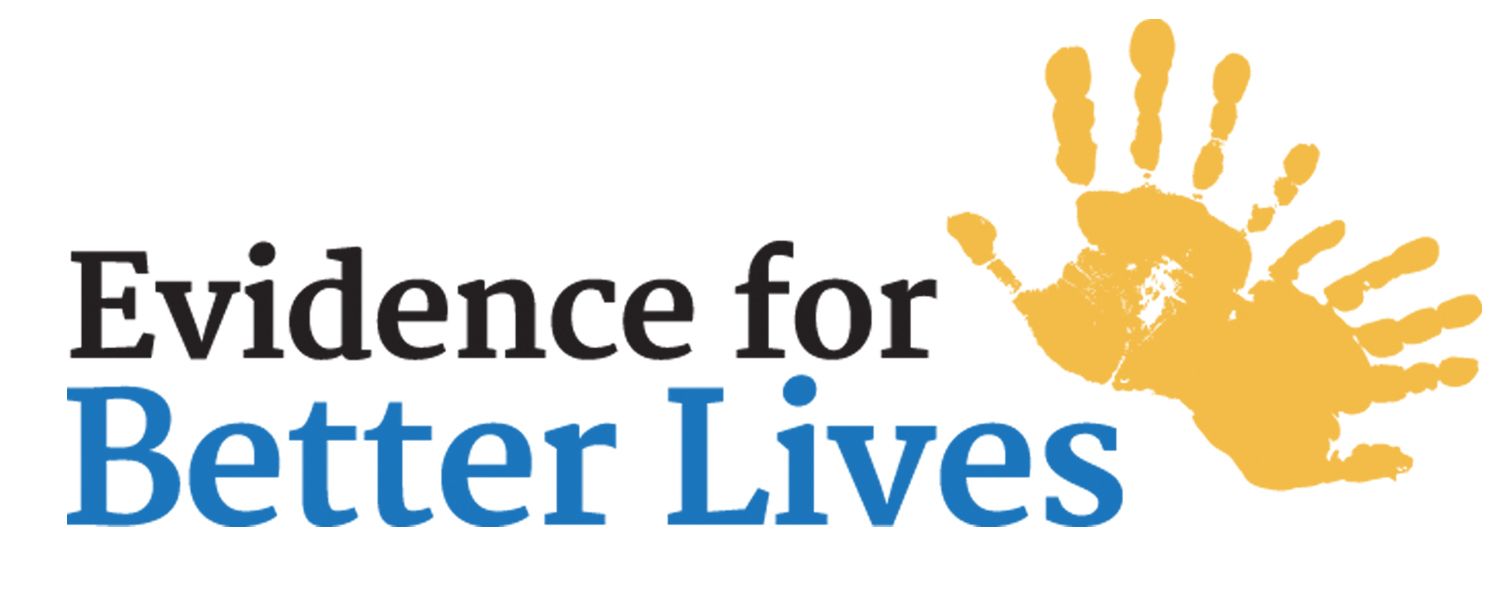
“For the first time in history, there are goals at a global level aimed at reducing child abuse, exploitation and all forms of violence, and to promote children’s mental health,” says Eisner, describing the United Nation’s 2030 Sustainable Development Goals. “The EBLS is our response to this challenge. It will provide important evidence for system-level changes to tackling violence against children. But it can also shine light on how violence evolves.
“If we want to address high levels of violence in a city like Kingston, we need to know the ages when active ingredients are added to young people’s development. Then we can design the right intervention strategies.”
“By comparing a new generation from each city, we can build a scientific backbone for interventions to prevent violence against children"
- Prof Manuel Eisner
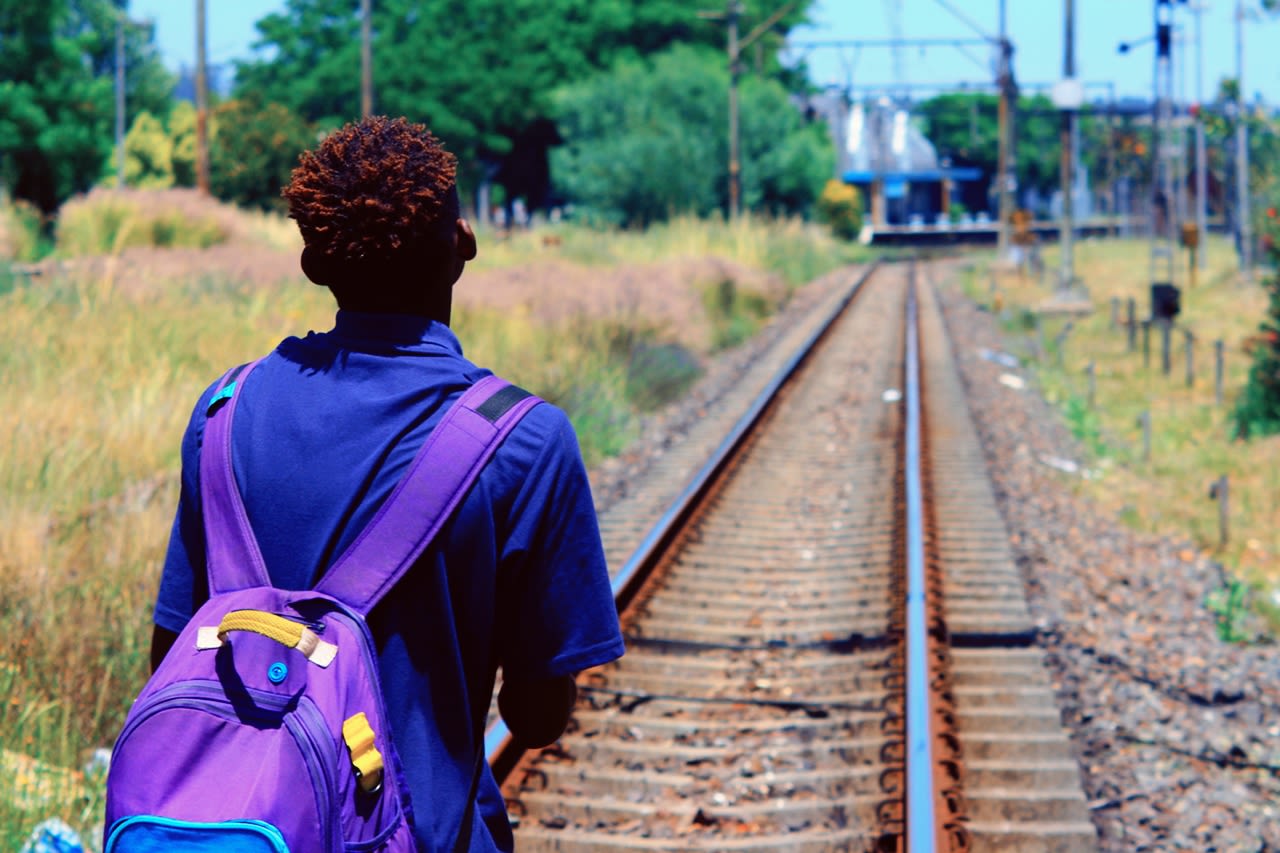
There is a significant knowledge gap when it comes to violence and its causes. While numerous studies have taken place in Europe and the USA, research in the Global South – where violence is endemic in many countries – is severely lacking.
The eight mid-sized cities have been chosen to reflect the diversity of social and cultural conditions across the world, explains Eisner. For example: Koforidua in Ghana, a regionally important city in a country where harsh physical discipline of children is standard; and Tarlai Kalan, about 10 km outside Islamabad in Pakistan, a nation where half of women are thought to be victims of domestic violence.
Other cities include Worcester in South Africa, where the legacy of apartheid looms large; the city of Hue, site of one of the Vietnam War’s bloodiest battles and now a growing commercial centre; and Kingston, a city plagued by gang culture.
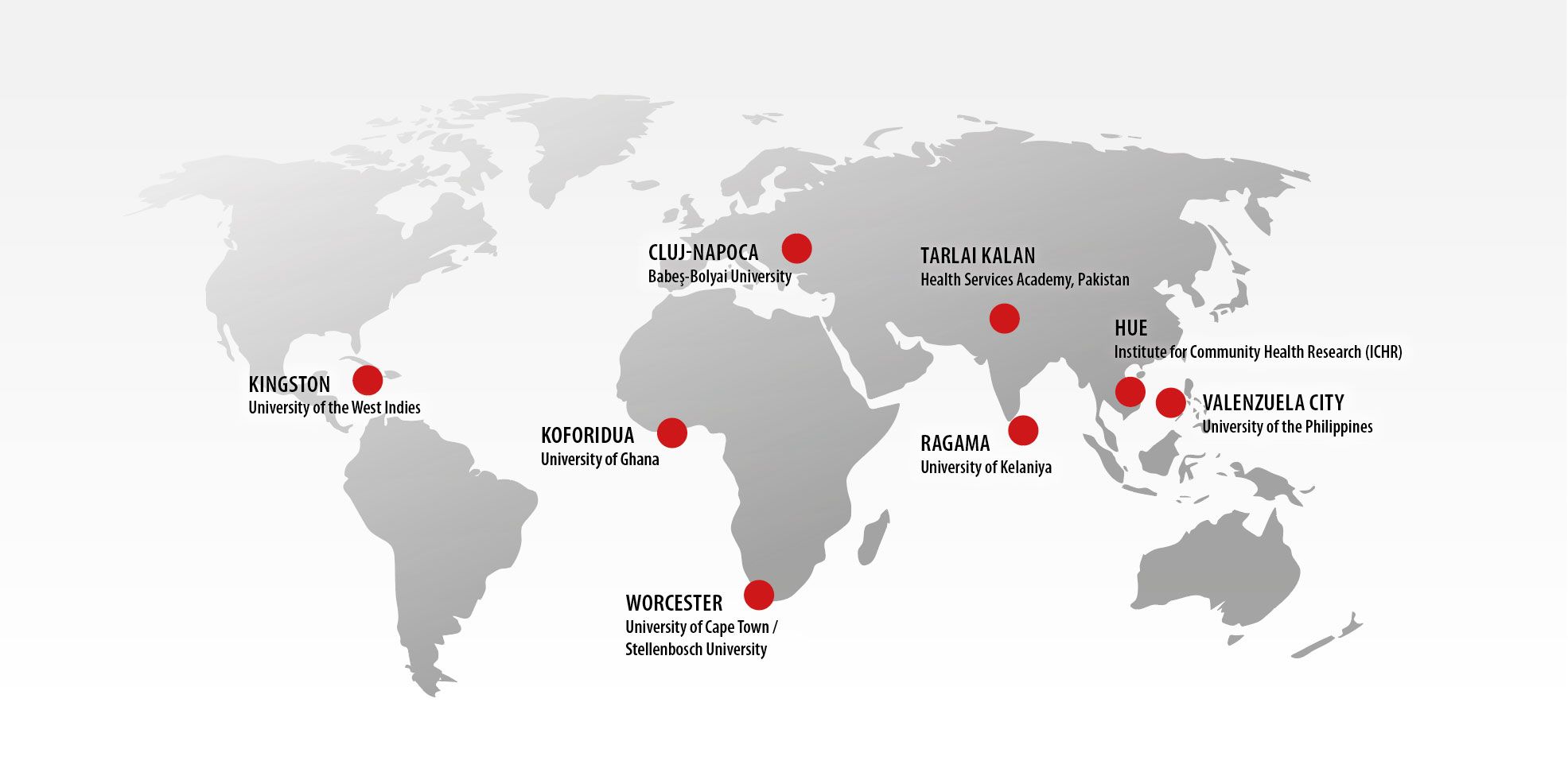
The study will be managed by a team of 15 co-investigators, including Professor Claire Hughes from the University’s Centre for Family Research, plus other experts in psychology, sociology, paediatrics, nutrition, public health and criminology, and coordinators from research institutions in each of the eight cities.
“We want to bring together different layers of explanation from social structures like gender inequality and trust in public institutions to the ways in which exposure to violence affects brain development even before the child is born, so interdisciplinary research is essential,” says Eisner.
“By comparing a new generation from each city, we can build a scientific backbone for interventions to prevent violence against children, and boost child wellbeing initiatives that work in different global contexts.”
Watch Prof Manuel Eisner discuss Evidence for Better Lives at a conference in May 2018.
Scoping for the study began in late 2015, and 2018 saw the start of a pilot version of EBLS, funded by Fondation Botnar, involving 1,200 families across the eight sites. The team is now aiming to secure funds for a ten-fold participant increase.
In November 2018, senior figures from all the study cities will meet for a summit in Manila in the Philippines, building policy involvement into the study from the onset. They will also visit Valenzuela – another of the eight cities – along with representatives from supporting organisations including UNICEF and the World Health Organization (WHO).
A boy and his relative in Valenzuela, Philippines, one of the study cities. Licensed by Reuel Mark Delez.
A boy and his relative in Valenzuela, Philippines, one of the study cities. Licensed by Reuel Mark Delez.
The scale of ambition for the project is vast says Eisner. From health and housing services to transport links, the study will take in a wide range of public policy and its effects on expectant mothers and then their children. Researchers will also build a picture of immediate environments, initially in utero – from stress hormones to substance use.
“Is the mother supported or treated violently by family? Does she lie awake listening to gunshots in the street outside? How many buses does she need to take to get to the health clinic? Tragically, some children have been exposed to violence and drugs before they are even born.”
Importantly, the EBLS team is determined to include fathers as much as possible. “Male role models are often missing from studies such as this; this project provides an opportunity to gather data to fill this gap.”
A variety of innovative approaches are being discussed such as the use of microphone vests to pick up levels of hostility in ambient noise around children, and games using puppets to gauge the early development of a sense of fairness and justice.
Children playing in the Pata Rat neighborhood of Cluj-Napoca, Romania, one of the study cities. Licensed by Alessandro Galantucci.
Children playing in the Pata Rat neighborhood of Cluj-Napoca, Romania, one of the study cities. Licensed by Alessandro Galantucci.
When he established the Violence Research Centre at Cambridge in 2014, Eisner held a joint conference with the WHO based on the bold declaration that worldwide violence can be reduced by 50% in the next 30 years. With up to a billion children estimated to be victims of violence each year, the task is daunting. However, Eisner’s previous work on long-term trends over centuries reveals a dramatic decline in violence across human history.
“Halving violence is a legitimate aim for a criminologist. And yes, the police and justice systems are integral to that. But we need to get to the source, and see how macro-level decisions translate into resilience or adversity for the youngest in our global society,” he says.
